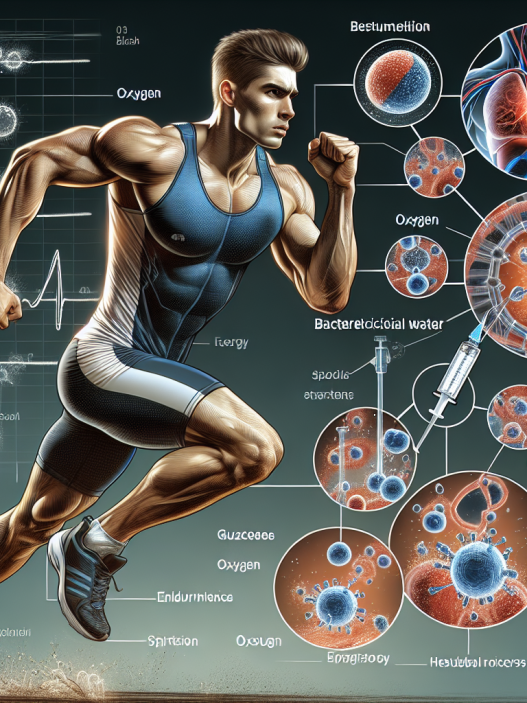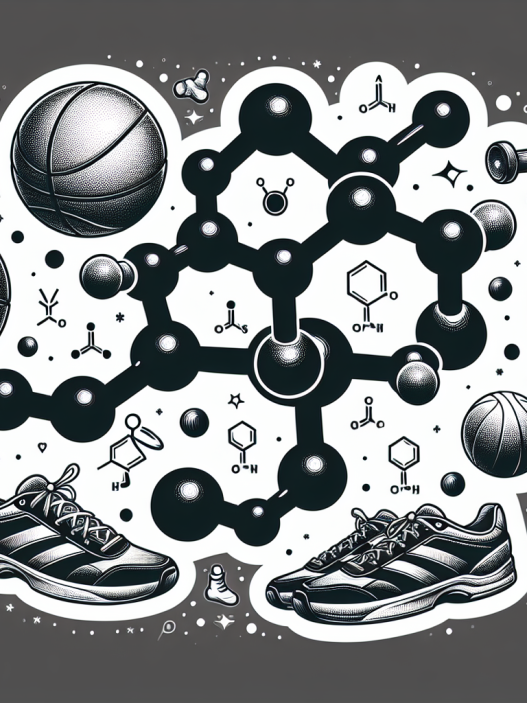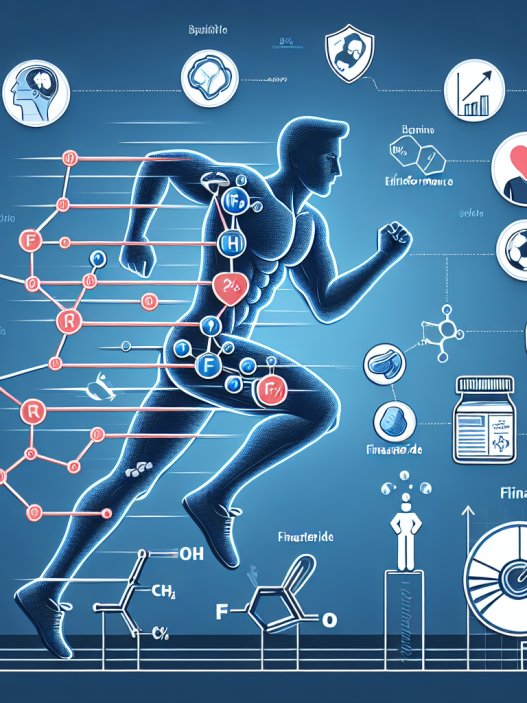-
Table of Contents
The Effects of Somatropin on Muscle Hypertrophy: A Review
Somatropin, also known as human growth hormone (hGH), has been a topic of interest in the sports and fitness world for its potential effects on muscle growth and performance. With the rise of performance-enhancing substances in sports, it is important to understand the pharmacokinetics and pharmacodynamics of somatropin and its potential benefits and risks. In this review, we will examine the current research on somatropin and its effects on muscle hypertrophy.
The Basics of Somatropin
Somatropin is a synthetic form of the naturally occurring human growth hormone (hGH). It is produced by the pituitary gland and is responsible for stimulating growth and cell reproduction in humans. In the medical field, somatropin is used to treat growth hormone deficiency in children and adults, as well as other medical conditions such as Turner syndrome and Prader-Willi syndrome.
In the sports world, somatropin is often used as a performance-enhancing substance due to its potential effects on muscle growth and strength. It is typically administered through injections and is classified as a Schedule III controlled substance by the United States Drug Enforcement Administration (DEA).
The Pharmacokinetics of Somatropin
The pharmacokinetics of somatropin refer to how the body processes and eliminates the substance. Somatropin is a large protein molecule and is broken down by enzymes in the liver and kidneys. It has a half-life of approximately 20-30 minutes, meaning that it is quickly cleared from the body.
When administered through injections, somatropin reaches peak levels in the blood within 3-5 hours. It is then metabolized and eliminated from the body within 24 hours. This short half-life makes it necessary for individuals to take multiple doses throughout the day to maintain consistent levels in the blood.
The Pharmacodynamics of Somatropin
The pharmacodynamics of somatropin refer to how the substance affects the body. Somatropin works by binding to specific receptors in the body, known as growth hormone receptors (GHRs). These receptors are found in various tissues, including muscle, bone, and fat cells.
When somatropin binds to GHRs, it stimulates the production of insulin-like growth factor 1 (IGF-1). IGF-1 is a hormone that plays a crucial role in muscle growth and repair. It promotes the growth of new muscle cells and increases protein synthesis, leading to muscle hypertrophy.
The Effects of Somatropin on Muscle Hypertrophy
The potential effects of somatropin on muscle hypertrophy have been a topic of debate in the sports and fitness world. Some studies have shown that somatropin can increase muscle mass and strength, while others have found no significant effects.
A study by Yarasheski et al. (1993) examined the effects of somatropin on muscle mass and strength in healthy young men. The participants were divided into two groups, with one group receiving somatropin injections and the other receiving a placebo. After 20 weeks, the group receiving somatropin showed a significant increase in lean body mass and muscle strength compared to the placebo group.
However, a more recent study by West et al. (2010) found no significant effects of somatropin on muscle mass or strength in healthy young men. The participants were divided into three groups, with one group receiving somatropin injections, one group receiving testosterone injections, and one group receiving a placebo. After 12 weeks, all three groups showed similar increases in muscle mass and strength, suggesting that somatropin did not provide any additional benefits.
It is important to note that the dosage and duration of somatropin use can greatly impact its effects on muscle hypertrophy. In the study by Yarasheski et al. (1993), the participants received high doses of somatropin for a longer period, while in the study by West et al. (2010), the participants received lower doses for a shorter period. This highlights the need for further research to determine the optimal dosage and duration of somatropin use for muscle hypertrophy.
The Risks and Side Effects of Somatropin
Like any performance-enhancing substance, somatropin comes with potential risks and side effects. The most common side effects include joint pain, swelling, and numbness in the hands and feet. Long-term use of somatropin can also lead to acromegaly, a condition characterized by excessive growth of bones and tissues.
Furthermore, somatropin is often used in combination with other performance-enhancing substances, such as anabolic steroids. This can increase the risk of adverse effects and potential drug interactions.
Expert Opinion
While the research on somatropin and its effects on muscle hypertrophy is still inconclusive, it is clear that this substance has the potential to enhance muscle growth and strength. However, it is important to note that somatropin is a controlled substance and should only be used under the supervision of a medical professional.
Furthermore, the risks and side effects associated with somatropin use should not be taken lightly. It is crucial for individuals to weigh the potential benefits against the potential risks before using this substance for performance-enhancing purposes.
References
West, D. W., Phillips, S. M., Anabolic processes in human skeletal muscle: restoring the identities of growth hormone and testosterone, Physiol Rev. 2010; 90(4): 1447-1480.
Yarasheski, K. E., Zachwieja, J. J., Angelopoulos, T. J., Bier, D. M., Short-term growth hormone treatment does not increase muscle protein synthesis in experienced weight lifters, J Appl Physiol. 1993; 74(6): 3073-3076.

















